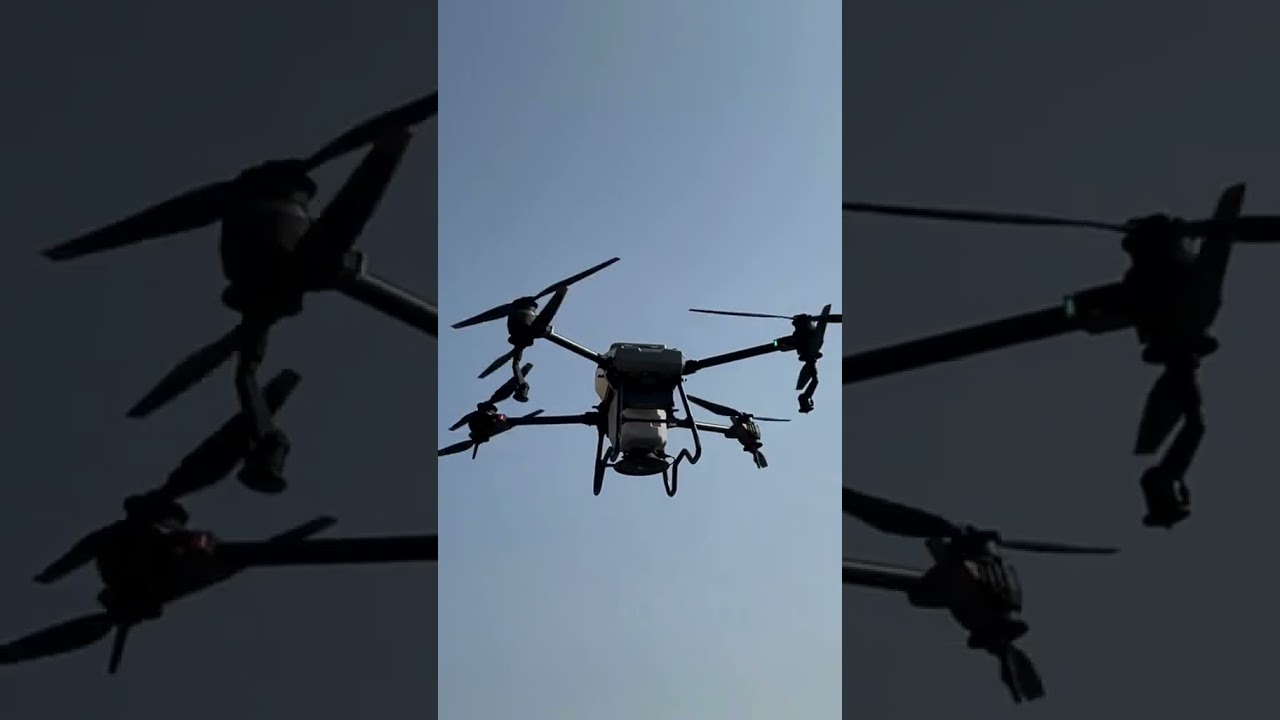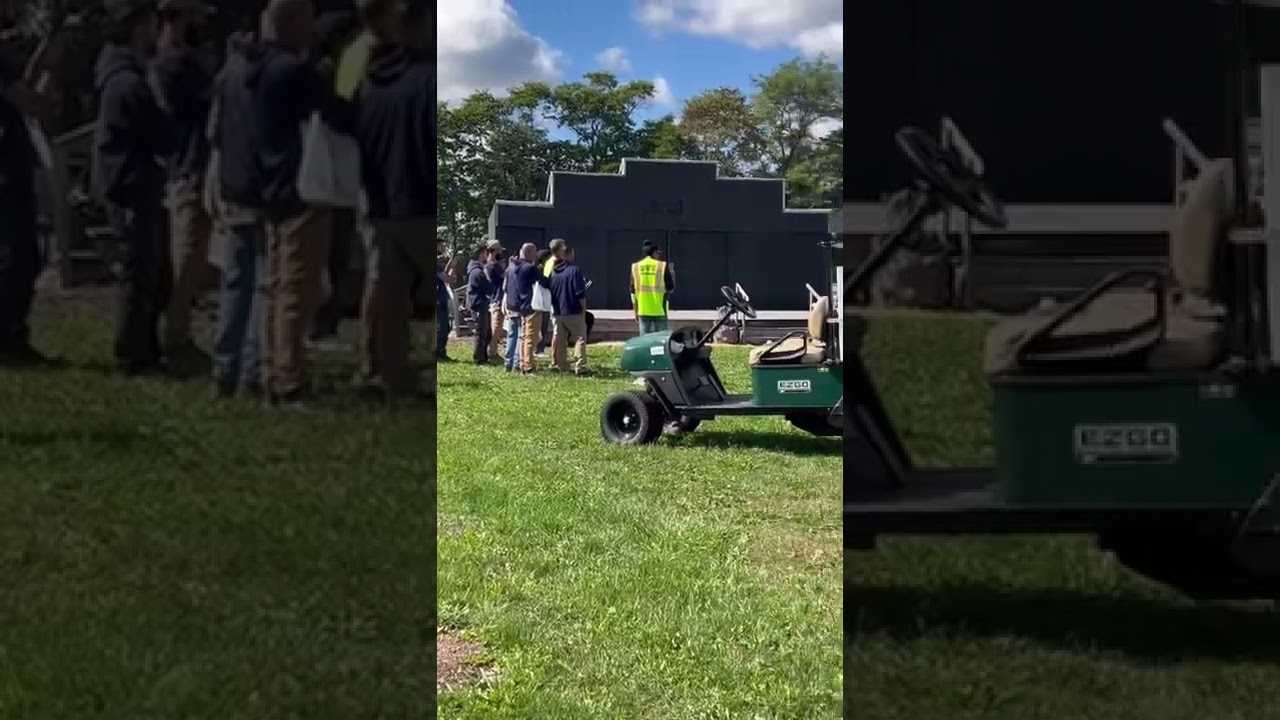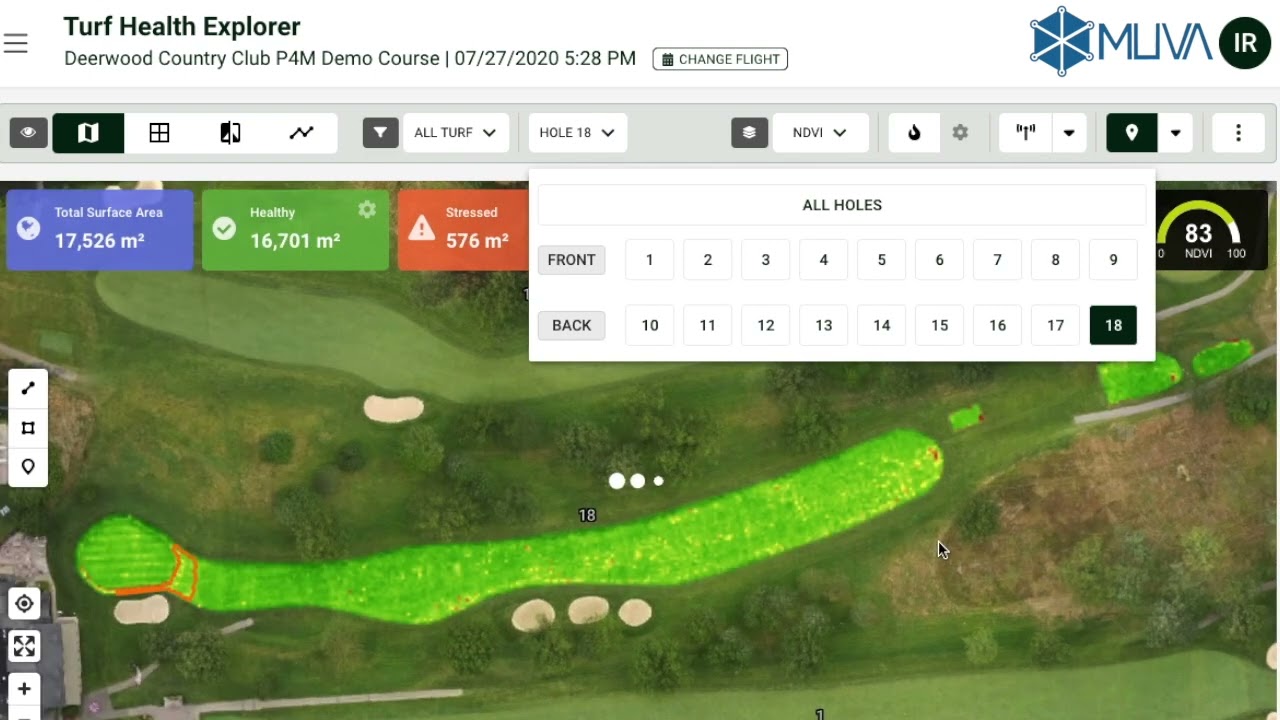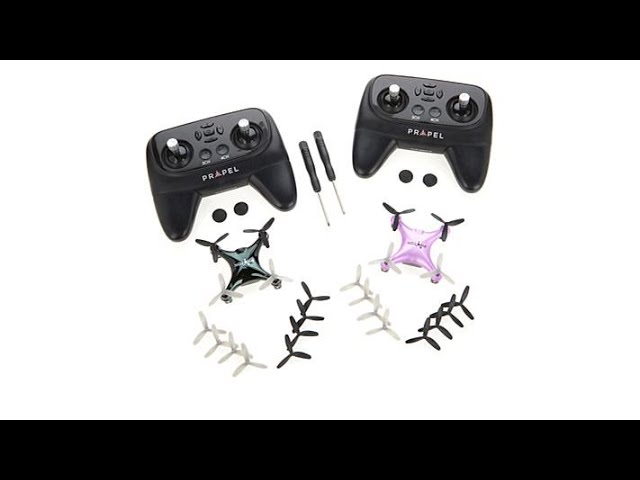Beginner Drone Pilot Introduction
Drone technology is becoming increasingly popular, and more and more people are getting into the hobby of flying drones. Whether you’re a beginner or an experienced pilot, it’s important to understand the basics of drone flight and the regulations associated with it. This article will provide some tips for beginner drone pilots to help them get started and ensure that they have a safe and enjoyable experience.
Understand the Basics of Drone Flight
The first step to becoming a successful drone pilot is to understand the basics of drone flight. This includes learning about the different parts of the drone, such as the motors, propellers, and battery, as well as the principles of flight, like lift, thrust, and drag. It’s also important to understand the different types of drones, their capabilities, and the different flight modes that are available. Knowing the basics of drone flight will help you make informed decisions when it comes to choosing a drone and flying it safely.
Research Local Drone Regulations
Before you fly your drone, it’s important to research the local drone regulations in your area. Each country, state, and city has its own set of rules and regulations when it comes to drone flight, and it’s important to be aware of them before you take off. These rules and regulations can vary greatly, so it’s important to do your research and make sure you’re following the law.
Familiarize Yourself with Your Drone
Once you’ve done your research and chosen a drone, it’s important to familiarize yourself with it. This includes reading the manual and understanding how to operate the drone, as well as getting to know the different features and functions. This will help you understand the capabilities of your drone and how to use it safely.
Practice in Open Areas
When you’re first starting out, it’s important to practice in open areas. This will give you the opportunity to get used to the controls and the feel of the drone without any obstacles or distractions. It’s also important to avoid flying over people or property, as this could lead to legal issues.
Follow the Pre-Flight Checklist
Before you take off, it’s important to follow the pre-flight checklist. This includes checking the battery level, checking the propellers, and calibrating the drone. Following the pre-flight checklist will ensure that your drone is ready for flight and will help you avoid any potential problems.
Start With Low Speeds and Altitudes
When you’re first starting out, it’s important to start with low speeds and altitudes. This will give you the opportunity to get used to the controls and the feel of the drone. It’s also important to stay within your line of sight, as this will help you avoid any potential hazards.
Use Visual Line of Sight
When flying your drone, it’s important to use visual line of sight. This means that you should be able to see the drone at all times. This will help you avoid any potential hazards and will ensure that you’re able to maintain control of the drone.
Utilize Drone Safety Apps
There are a number of drone safety apps available that can help you stay safe when flying your drone. These apps can provide you with information about local regulations, no-fly zones, and other safety tips. Utilizing these apps can help you ensure that you’re flying your drone safely and legally.
In conclusion
Flying a drone can be a fun and rewarding experience, but it’s important to understand the basics of drone flight, research local drone regulations, and familiarize yourself with your drone before you take off. Following the pre-flight checklist, starting with low speeds and altitudes, using visual line of sight, and utilizing drone safety apps can help you stay safe and ensure that you have a great experience. With these tips, beginner drone pilots can be sure to have a safe and enjoyable experience.























































